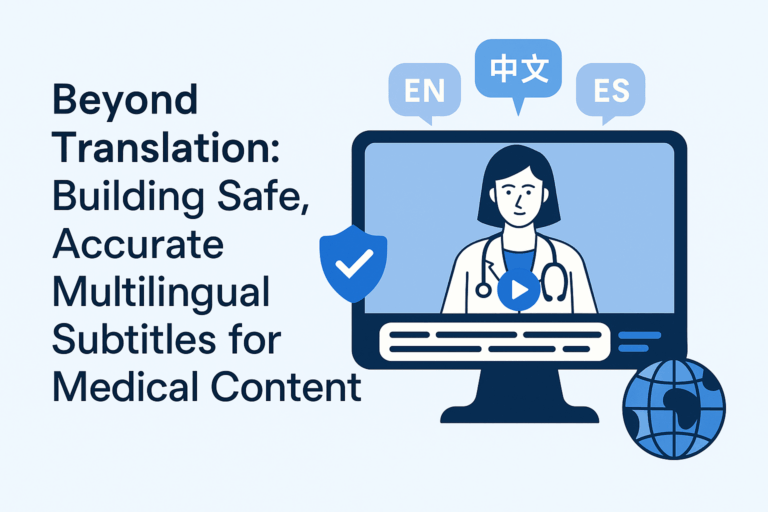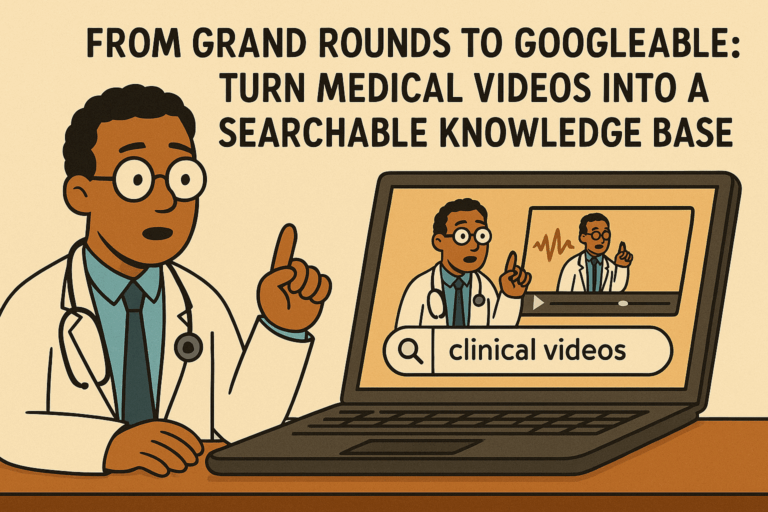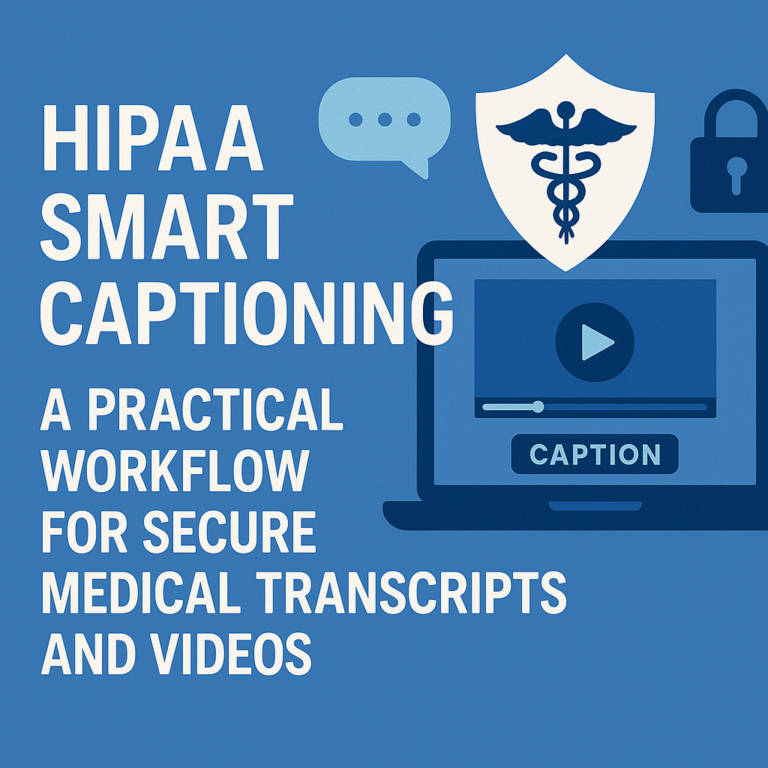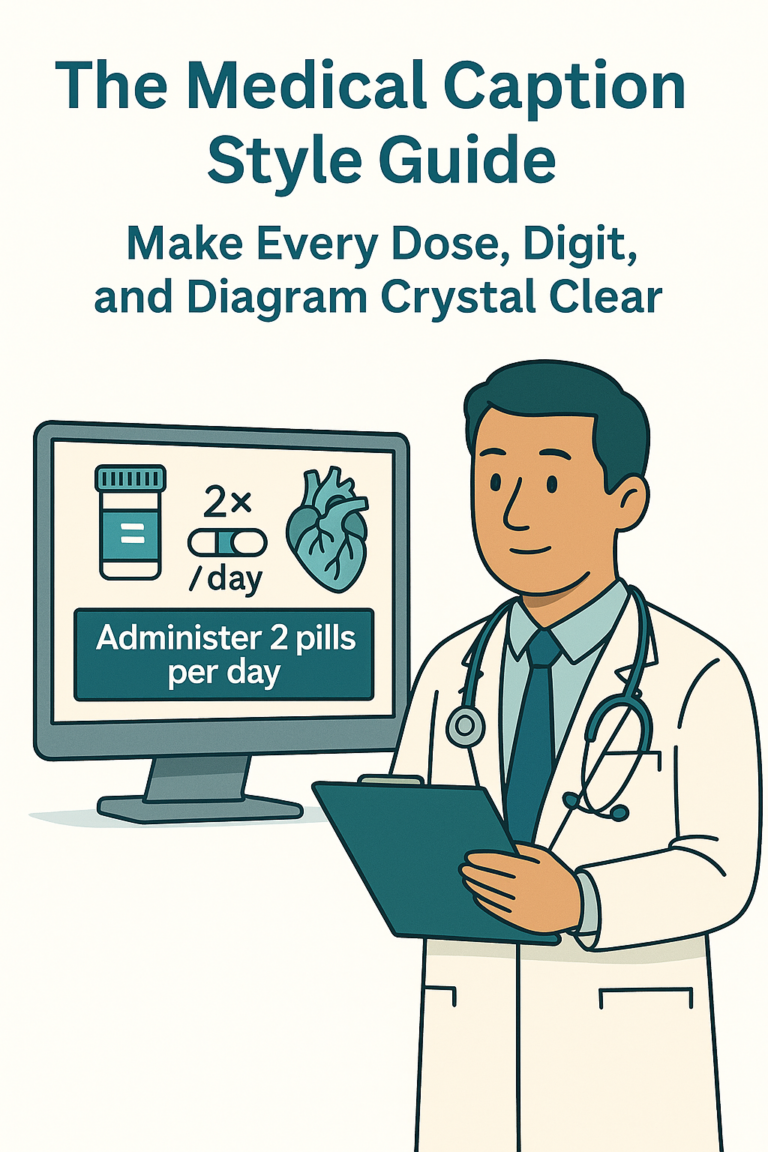In healthcare, every note is important. Whether you’re writing down a patient’s symptoms, treatment plan, or a summary after a visit—getting the details right is a must.
As clinics and hospitals lean into digital tools to streamline workflows, two big players are changing how documentation gets done: Medical Transcription and Speech Recognition.
At first glance, they may seem similar—both turn speech into text—but dig a little deeper, and you’ll find that each has its own strengths depending on your style, workflow, and priorities.
Let’s walk through both options and figure out what fits your day-to-day practice best.
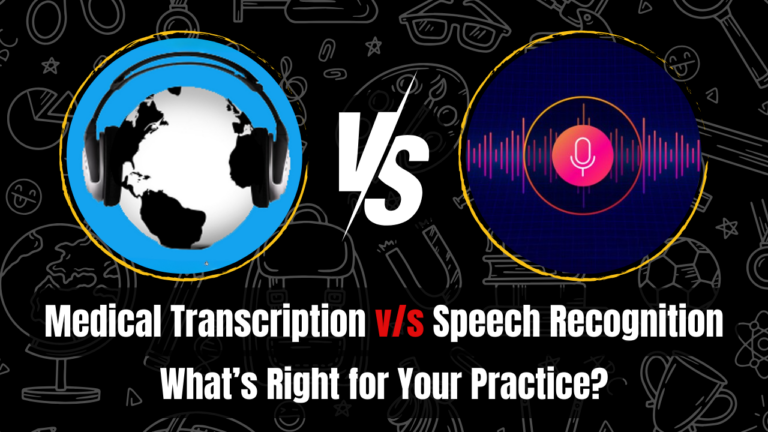
What is Medical Transcription?
Think of medical transcription as the more traditional, structured route. It usually involves a trained transcriptionist (or smart AI) listening to a recorded consultation or dictation and turning it into a polished, well-formatted medical report.
This approach really shines when you’re working with:
- In-depth case notes
- Conversations involving more than one person (e.g., you and a patient)
- Lots of medical jargon or longer-form content
Whether you’re wrapping up a long consultation or need documentation that’s legal-grade and formatted perfectly—medical transcription has your back. It’s clean, accurate, and ready to plug into a patient’s record with minimal cleanup.
Want to transcribe audio quickly and accurately? Go to MedXcribe.com, click “URL” or “From File,” and paste the link or upload your audio. In seconds, your audio is transcribed—clean, clear, and ready to use.
What is Speech Recognition?
Now, if speed is what you care about most, speech recognition could be a great fit. You just speak into a device—your phone, laptop, or even a voice-enabled EMR—and your words show up on the screen right away.
It’s super helpful when you’re:
- In a rush between appointments
- Working in a quiet space
- Just needing to jot down short notes, like a prescription or a quick update
Of course, it’s not always perfect. Background noise, thick accents, or a fast pace can trip it up. But for quick, straightforward documentation? It’s hard to beat.
Want to convert speech to text quickly and accurately?Just head over to MedXcribe.com, click “Record,” and start speaking.In seconds, your words are transcribed—clean, clear, and ready to use.
Side-by-Side Comparison
Here’s a side-by-side look to help you compare:
Feature | Medical Transcription | Speech Recognition |
Speed | Slower, depending on length and method (human or AI) | Instant or near-instant transcription |
Accuracy | Very high, especially with complex medical language | Good, but may struggle with accents or unclear speech |
Multi-speaker Support | Handles multiple speakers with ease | Best for single-speaker dictation |
Editing Required | Minimal—proofed and formatted | Often requires review and corrections |
Cost | Higher with human transcription, moderate with AI | Usually lower-cost, especially for frequent use |
Use Cases | Complex reports, legal records, detailed patient notes | Short dictations, updates, and quick documentation |
Formatting | Customizable and clean formatting | Basic formatting—may need manual adjustments |
Noise Tolerance | More forgiving, especially with human input | Can be affected by background noise |
Which Option Is Best for Your Practice?
Honestly, it depends on how you work. Here’s a quick guide to help:
Go with Medical Transcription if:
- You’re dealing with complex, multi-layered cases
- You want high-quality, polished reports
- You’d rather not spend time editing or formatting
Opt for Speech Recognition if:
- You’re constantly on the move and need to jot things down fast
- You’re comfortable reviewing and making quick edits
- You want a more budget-friendly option for everyday use
The Best of Both Worlds?
Many practices are blending both tools to get the best of both worlds. It looks something like this:
- Use speech recognition for quick, everyday dictations
- Use transcription for formal, detailed reports or anything legal-heavy
This way, you’re saving time where it counts and still maintaining high standards for important documentation.
Final Thoughts
Both medical transcription and speech recognition are great tools—but like most things in healthcare, what works best depends on your patients, your workload, and your personal preferences.
That’s exactly why we built MedXcribe. With MedXcribe, you don’t have to pick sides. We combine the best parts of real-time speech recognition and transcription accuracy—all while keeping your data safe and never shared externally.
Whether it’s a quick voice note between appointments or a comprehensive patient summary, MedXcribe is flexible enough to keep up—and powerful enough to deliver polished documentation when it matters most.
Want to try it yourself?
Visit MedXcribe and see how seamless your documentation process can be.

